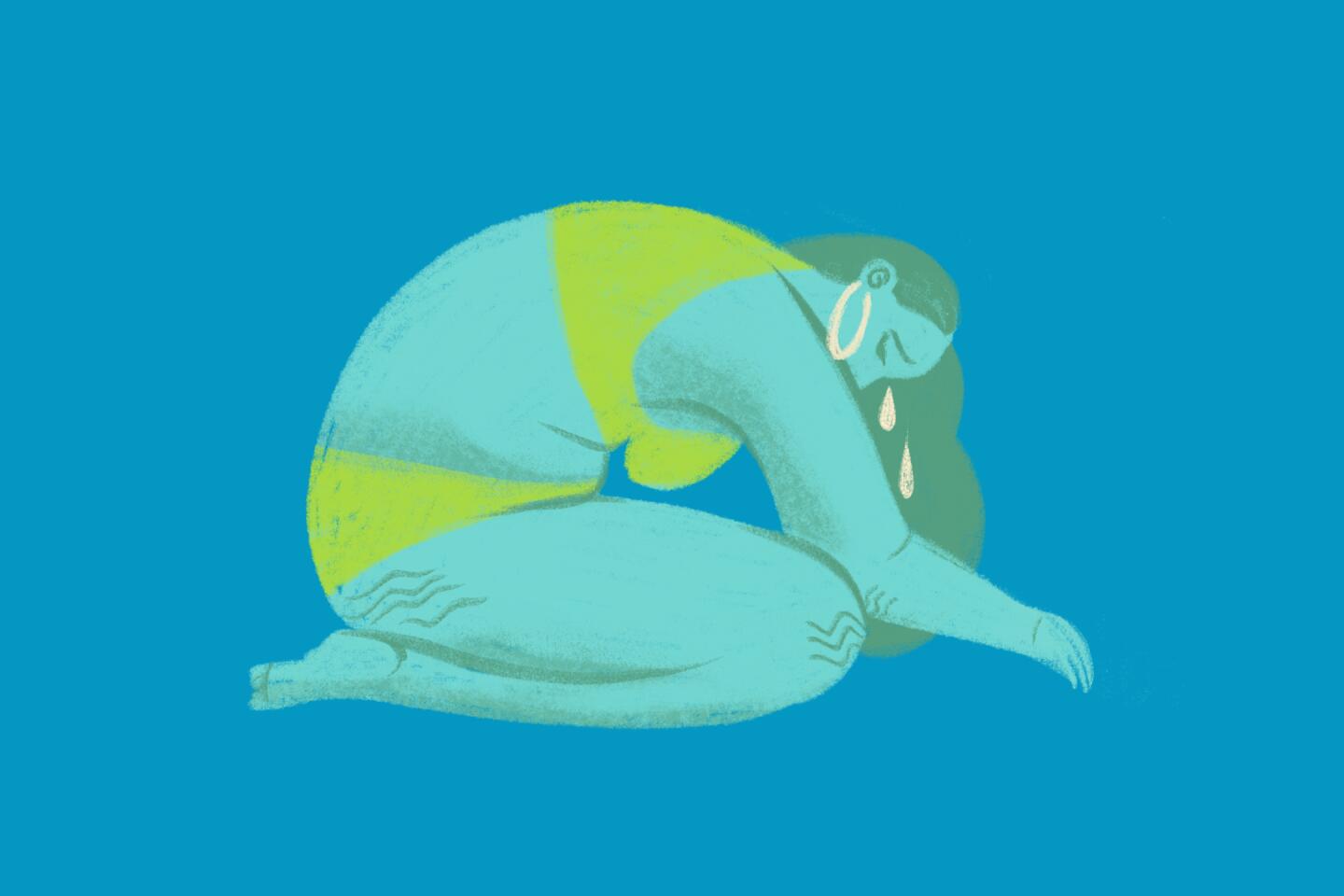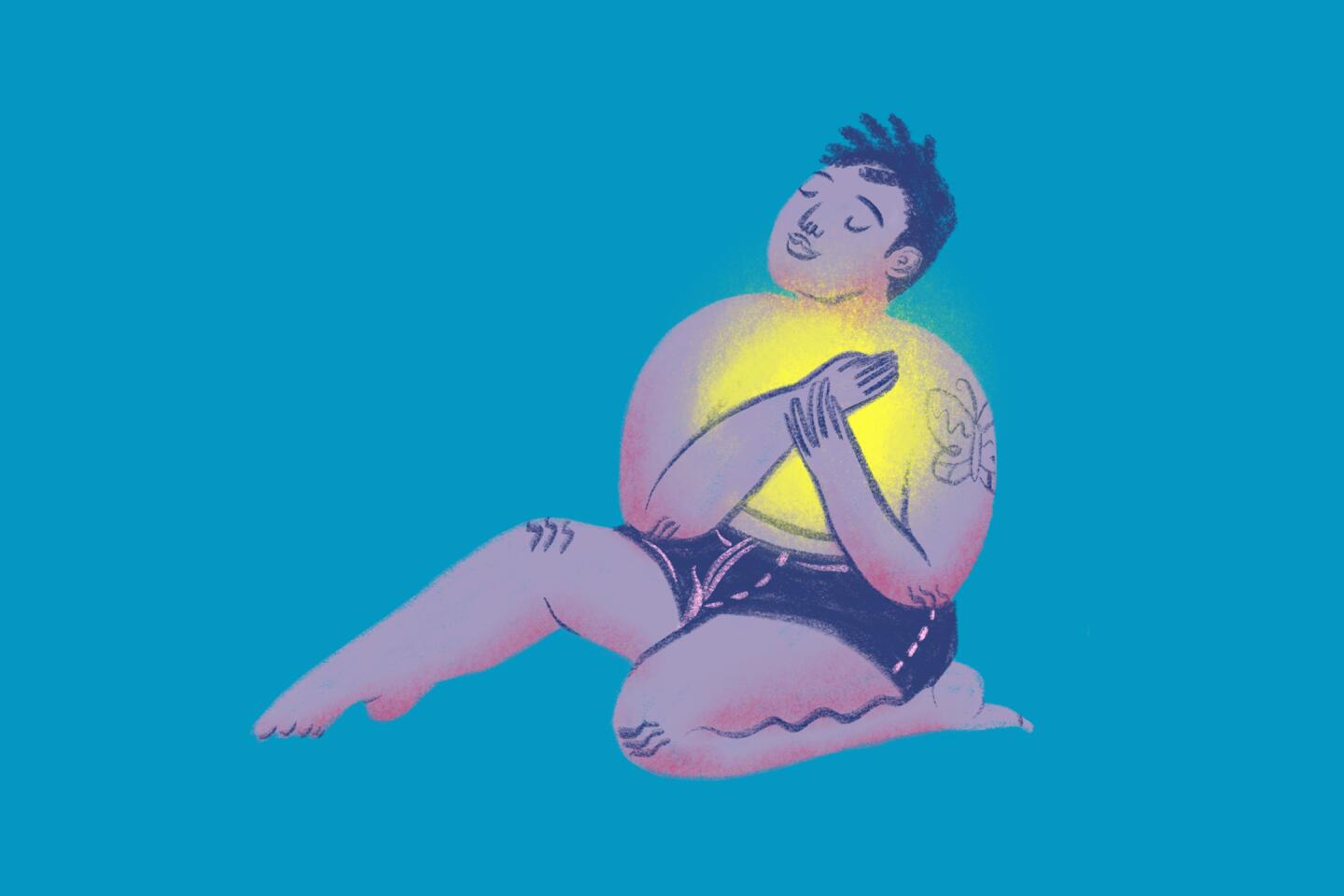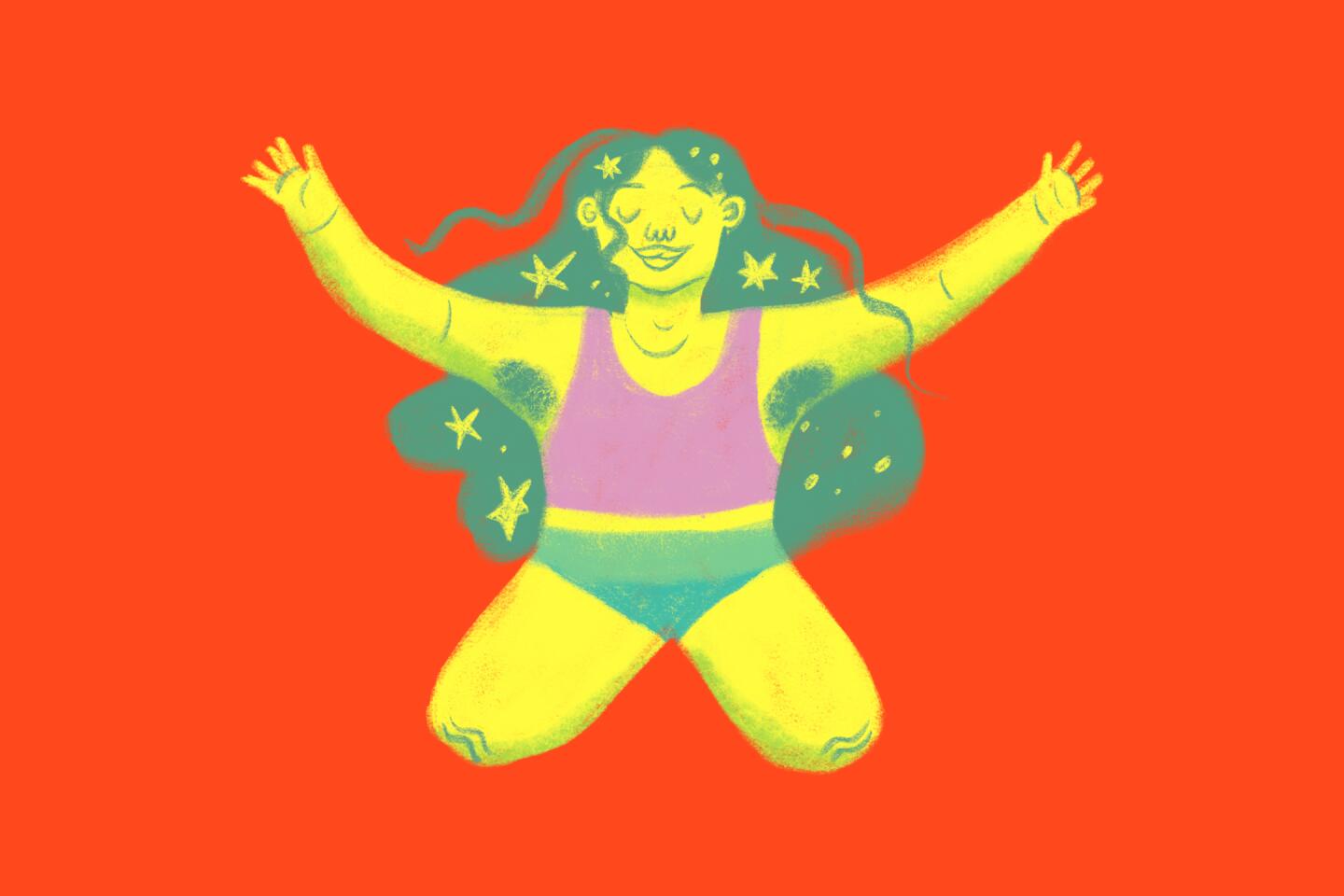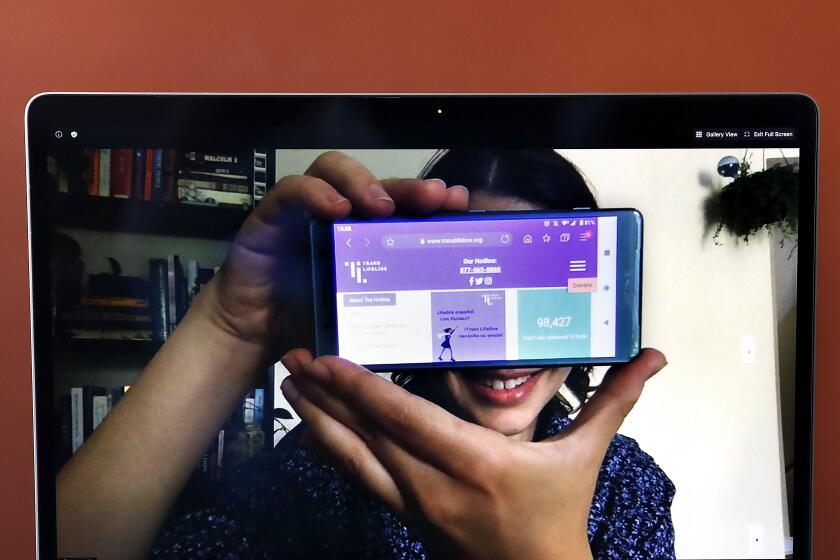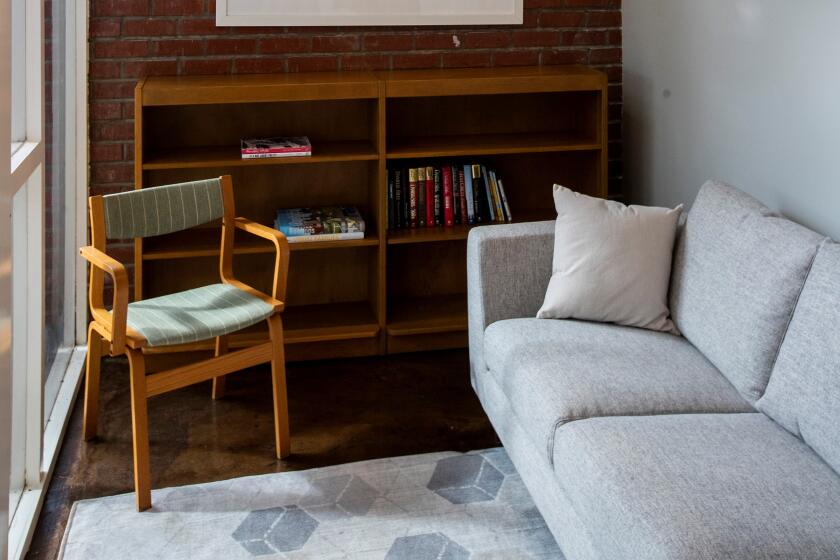As the pandemic puts strain on LGBTQ youth mental health, here’s some advice
- Share via
For as long as Juan can remember, he felt that he didn’t fit the concept of the ideal kid. He has had several serious episodes with depression and three suicide attempts. By age 12, his parents placed him in a psychiatric clinic.
Today, he is 26 and recognizes that his depression had a very specific cause: He couldn’t accept that he is attracted to men. Juan, who agreed to tell his story without publishing his surname, now considers himself emotionally stable and has expressed his sexuality openly since he was 18. But depression is like an “old friend” that occasionally visits.
The last time was during the quarantine, which he spent with his parents in Bogotá, Colombia, when he overheard his parents talking about him.
“I’ll never accept the fact that Juan is gay,” Juan remembers his mother saying to his father one night. “I don’t know what I would do if someday he introduces me to a boyfriend.”
The numbers show that the discomfort Juan lives with is shared by many LGBTQ young people in Latin America and the United States. And it has gotten significantly worse during the pandemic.
Before the pandemic began, according to UNAIDS, LGBTQ people “had issues associated with their mental and emotional health in a greater proportion than the general population, with manifestations such as depression, anxiety, suicidal thoughts, etc.” That can be worsened by “confinement in solitude or in family groups where they may experience gender violence.”
Recently, Chicas Poderosas — a global effort to inspire and develop the careers of women in media — copublished, with the office of UNESCO in Quito, a series of testimonials from Bolivia and Venezuela that document the discrimination and psychological and physical violence that LGBTQ people have experienced.
The situation in the United States is not that different. Rob Todaro, communications manager for the Trevor Project, which operates a 24-hour crisis hotline for LGBTQ youth, explained that according to a recent Morning Consult survey, one-third of LGBTQ young people in the United States said they couldn’t be themselves at home, and one-third of transgender and nonbinary youth felt unsafe with their life situation since the beginning of COVID-19.
In six years, the Trans Lifeline has answered more than 65,000 calls from people seeking support and solace from across the globe.
“We knew that even prior to the pandemic, LGBTQ youth had been found to be at significantly increased risk for depression, anxiety and attempting suicide — largely due to increased experiences of victimization,” Todaro said. “Additionally, LGBTQ youth already faced disproportionate rates of unemployment and homelessness, which are among the most consistent risk factors for suicide.”
A rise in requests for expert psychological support and therapy reflects this. Cynthia Ruffin, director of Colors LGBTQ Youth Counseling Services, which offers free mental health services to LGBTQ people younger than 25, said her organization’s waiting list has doubled during the pandemic.
If your mental and emotional health has suffered during the pandemic, here are some recommendations from Todaro and Ruffin that can help you and help guide families, caregivers and other supporters.
Keep a support network
Crisis resources
Here are some phone numbers and websites you can use if you need help immediately.
Ruffin suggests that the first thing to do is to find a community of people around your age who share common interests and with whom you identify . In California, for example, support groups include Colors, the Los Angeles LGBT Center and Tarzana Treatment Centers.
Todaro said the Trevor Project has been encouraging LGBTQ youth to stay connected to support systems: friends, supportive family and other allies.
“These positive connections are vital to prevent suicide because they can absorb the stress, reduce depression and improve wellness,” Todaro said.
Establish a routine
The Trevor Project also suggests that young people set a daily schedule, which can provide structure and some degree of certainty in uncertain times.
“Setting aside time each day to engage in wellness activities like working out, cooking, doing yoga, or meditating could be a great way to reduce stress and positively impact one’s physical and mental health. Also, making sure that young people stay kind to themselves, not exerting pressure or judgment when they don’t engage in all of the wellness activities that they would have liked,” Todaro said.
What is therapy and what happens in a session? What kinds are available? An introduction to a critical tool for better mental health.
Connect with nature
Although it’s difficult to surround yourself with people in a pandemic, Ruffin said, finding ways to have socially distanced activities with people is important for mental health.
“Mental health and nature work very well together. We are in California; fortunately, we can be outside almost all year long. So the suggestion is to not be locked down and isolated at home all the time,” Ruffin said. “Find ways to connect with their community, online with people of your same age, or with friends in the outdoors.”
How family, friends and allies can help
Educate yourself, express love and be alert. Ruffin explained that “the first thing that family members can do is to educate themselves, especially if they believe that their son or daughter could be dealing with gender dysphoria (when a person feels dissatisfied and distressed about a mismatch between their gender and biological sex).
She emphasized that it’s key to assure young people that you love them unconditionally and that they can ask for help. It’s OK if you don’t know exactly how to help. You can always seek out professional guidance, Ruffin said.
What are some signs that an LGBTQ person needs professional help for mental or emotional health?
Key warning signs, Ruffin said, include a person feeling alone or isolated, sad and not wanting to go out or talk to anyone. Other warning signs include excessive social media use, especially interacting with much older people, and excessive drug and alcohol use.
In California, if a person is 12 or older, they do not need a parent’s permission to request therapy.
It’s been a rough year, and maybe you are considering therapy for the first, second or fifth time. It takes patience and effort to find the right therapist. Here’s a breakdown of what you need to know.
After feeling rejected by his mother, Juan reflected on the meaning of that event. “Somewhat, it’s weird to understand that even though love and acceptance doesn’t mean the same thing, in order to build a healthy relationship free of resentment, both need to go hand in hand.”
So what will he do next? “In fact, I have a plan to leave my house; I have a couple,” he said. But it won’t be right away. “And if I leave, I don’t want to do it on bad terms. After all, I love my parents, and I know that they love me.”
Dávila and Gutiérrez are visiting fellows from the International Center for Journalists.
More to Read
Sign up for The Wild
We’ll help you find the best places to hike, bike and run, as well as the perfect silent spots for meditation and yoga.
You may occasionally receive promotional content from the Los Angeles Times.
